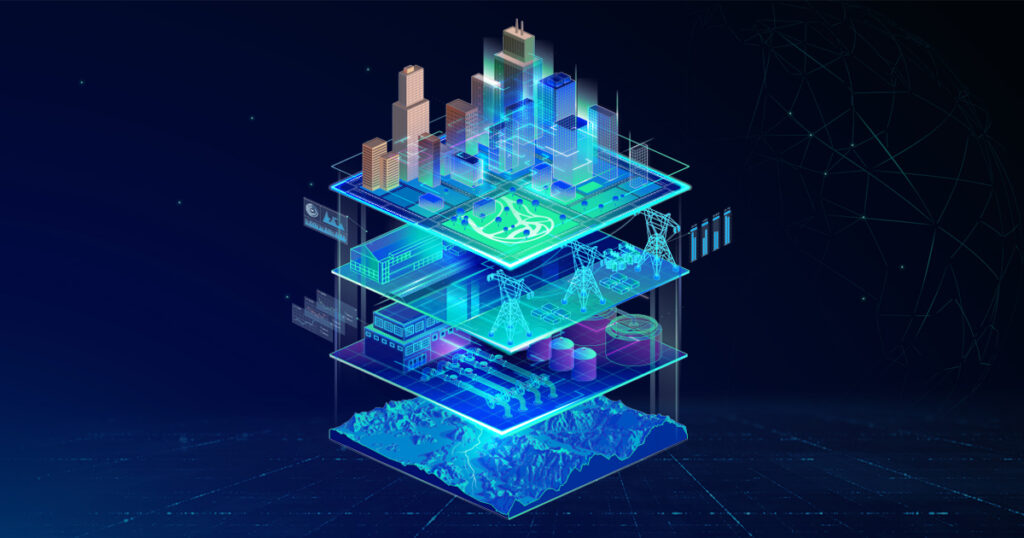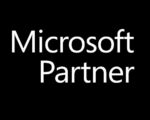
Introduction
Concepts that were once confined to science fiction are now making their way into the mainstream. One such concept is that of “Digital Twins.” While it might sound futuristic, digital twins are playing an increasingly pivotal role in various industries, including software development. They are bridging the gap between the virtual and physical worlds, providing new dimensions for innovation and problem-solving.
What are Digital Twins?
Digital twins are virtual representations of physical objects or systems. These representations are not just static 3D models; they are dynamic, real-time replicas of their physical counterparts. They mimic the behavior, status, and changes that occur in the physical world. Think of them as the “virtual souls” of physical entities.
The Role of Digital Twins in Software Development:
- Internet of Things (IoT): In IoT applications, digital twins act as intermediaries between the virtual and physical realms. They allow developers to monitor, control, and optimize physical devices, such as sensors and machines, remotely and with precision.
- Simulation and Testing: Digital twins are a game-changer for simulation and testing. Developers can create virtual prototypes of a physical system, tweak variables, and predict outcomes without real-world experimentation. This reduces development time and costs significantly.
- Predictive Maintenance: For software designed to manage and monitor machinery, predictive maintenance is crucial. Digital twins collect data from sensors, analyze it in real time, and predict when maintenance is needed, reducing downtime and improving operational efficiency.
- Healthcare and Medicine: In healthcare software, digital twins are used for creating personalized models of patients, simulating diseases, and testing treatments without risk. This is particularly significant in precision medicine.
- Urban Planning: Software developers use digital twins to simulate urban environments. This technology is invaluable for city planning, traffic management, and disaster preparedness.
Benefits and Challenges:
While digital twins offer remarkable benefits, including enhanced understanding, reduced development costs, and data-driven decision-making, they also come with challenges. These include data security and privacy concerns, the need for robust data analytics, and the development of complex, high-fidelity models.
Examples of Digital Twins in Action:
Manufacturing: Digital twins are used to monitor and optimize the production process. Changes made in the virtual environment are replicated in real-time in the factory.
Aerospace: In aviation, digital twins are employed for aircraft design, maintenance, and performance monitoring. They ensure that planes remain safe and efficient.
Energy Sector: Power plants and renewable energy facilities use digital twins to maximize energy output and predict and prevent equipment failures.
Conclusion
Digital twins are revolutionizing software development by offering a dynamic, real-time connection between the virtual and physical worlds. They are not only reshaping industries but also changing the way we approach problem-solving and innovation. Embracing digital twins in software development means unlocking new opportunities and efficiencies that will define the future of technology.
We provide comprehensive information about our services to help you make the best choice for your needs. Take your time to browse through our website and feel free to reach out if you have any questions.






